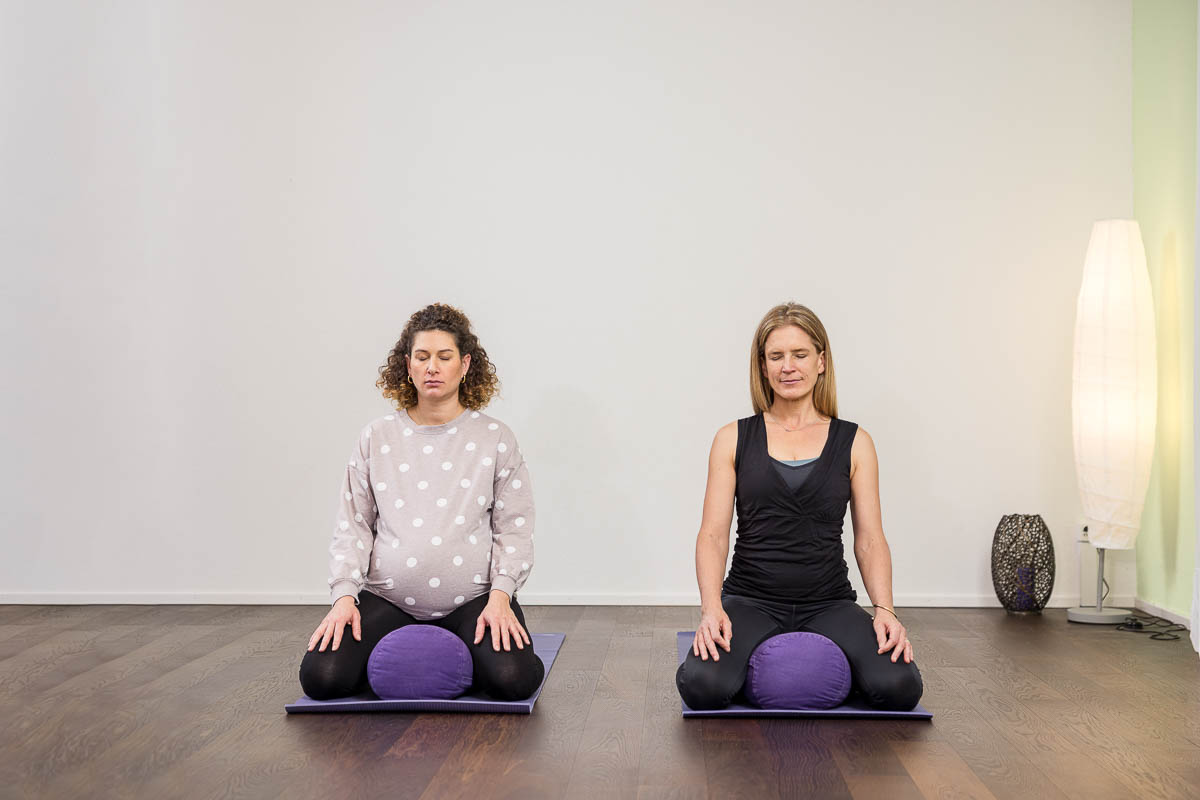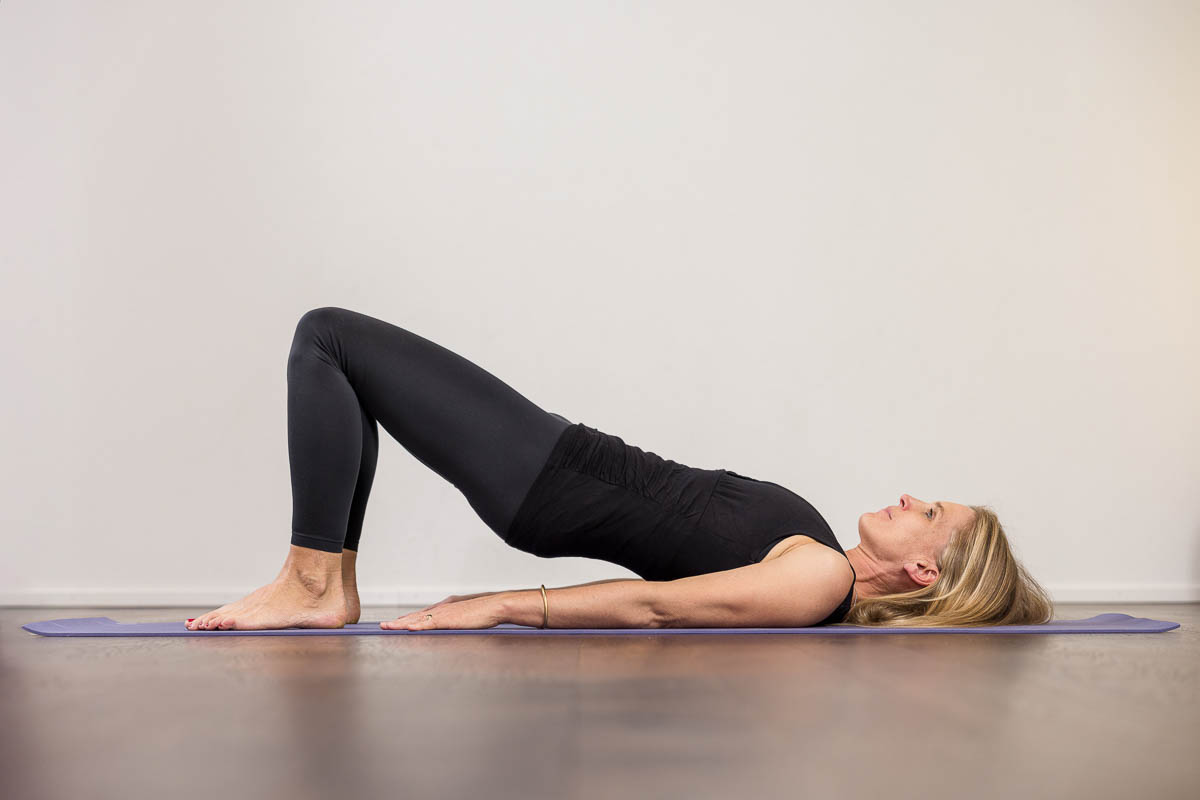by Imke Albrecht

Supine position and pregnant: many women have heard or read somewhere that this should no longer be done. That it might even be dangerous for the baby. That’s why, as a midwife, I am often asked this question, especially in my birth preparation yoga classes here in Zurich. In yoga, there are many good exercises or relaxation positions lying on your back. Do you have to avoid this? And what about at night? That’s when you intuitively turn back and forth… This seems to be on a lot of women’s minds, which is why this is one of my first reels in my new Instagram project. My answer and explanation is: It depends on whether you are prone to vena cava syndrome, whether lying on your back can be uncomfortable for you or not. It is certainly not dangerous for you or the baby. But it can be very unpleasant.
What is a supine vena cava syndrome?
The vena cava is the counterpart to the aorta. The aorta is the large artery that distributes oxygen-rich blood throughout the body. The vena cava is the large vein that then collects the used, deoxygenated blood from your legs and transports it back to the heart, where it is then re-oxygenated in the pulmonary circulation. In some women, this vena cava is pressed against the spine by the weight of the heavy, pregnant uterus when they are lying on their back. The more pregnant, the heavier, the more likely this is to happen to you. It’s just gravity. For many women, however, this never happens until the birth. If you have a so-called “vena cava syndrome”, you feel dizzy because less blood reaches the heart as a reaction to this blood congestion in the lower half of the body. The blood pressure drops and Dizziness, palpitations and, in rare cases, “blacking out” are the unpleasant reactions. I have never experienced or heard of unconsciousness in over 20 years. Something like that might happen if you couldn’t turn away from the situation for whatever reason. But that’s very theoretical. Normally, you turn around. And that’s it.
What to do in case of vena cava syndrome?
Only when you have this circulatory reaction will the baby feel it. If you or a pregnant woman in your presence experiences this, the therapy is to turn to the side. Preferably the left lateral position. Again for anatomical reasons. The vena cava runs to the left of the spine. In rare cases, therefore, the symptoms also occur in the right lateral position. So: left lateral position and the blood pressure recovers within a short time. Done. You would also instinctively turn away from this position in your sleep. So you can sleep completely relaxed and also lie on your back: either you don’t mind anyway and if you did, you would turn away from the position. It is good to know what vena cava syndrome is so that you know what it is and what to do. That’s why we in the hospitals generally don’t check the baby’s heartbeat in the supine position. That way you don’t have to check anything if the baby shows a reaction with its heart sounds. The internet with its flood of knowledge is also a dubious example in this case. Instead of simply providing information about this phenomenon, many women are often completely insecure and are afraid that they could harm their child even while it is sleeping. People such as yoga instructors, masseurs, hairdressers etc. are also often afraid to deal with pregnant women because fears are stirred up everywhere that they could be responsible for harming mother and child. Fears and feelings of guilt are stirred up on all sides in an effort to make everything good. This is a great pity because it “pathologizes” what is actually a physiological, i.e. normal, state of pregnancy. More than one article can be written about “fear” in connection with pregnancy. And I’m going to do that. But now the only question was whether pregnant women are allowed to lie on their backs or not.
My conclusion:
Don’t stress yourselves and make yourselves comfortable! You can enjoy a Savasana on your back if it is still enjoyable. Otherwise, you are sure to find another resting position in an adapted child’s pose or – my favorite – the knee-elbow position.



